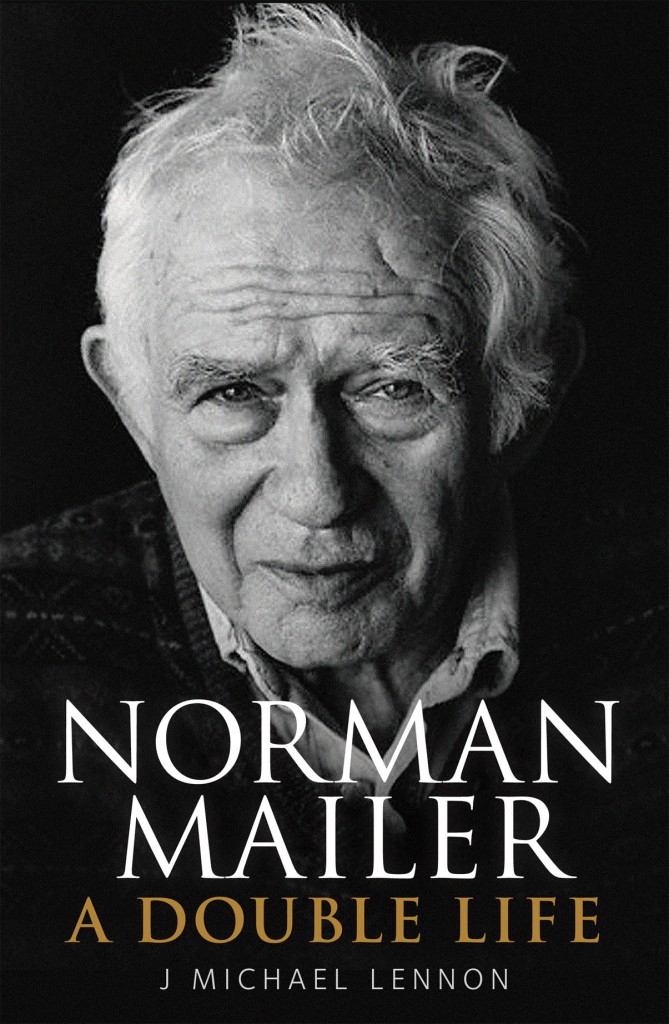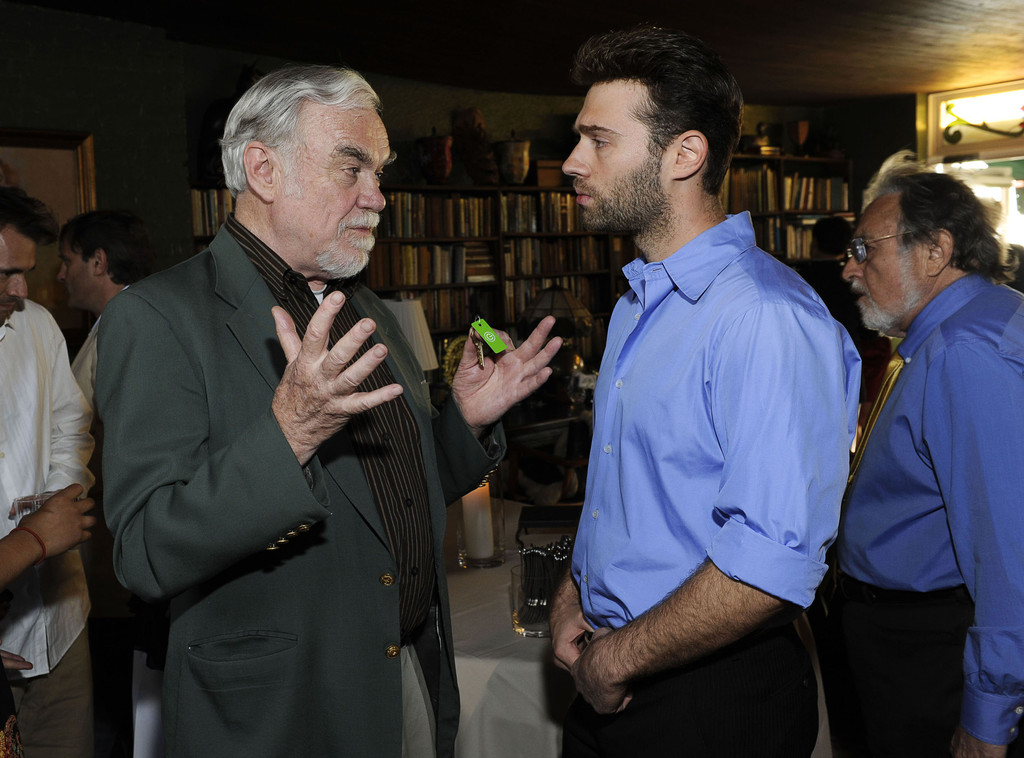Years ago, in my very early twenties, I set out to write a book. I started a routine. I no longer drank, so I substituted a glass bottle of sparkling water for beer (similar heft), thrived on a diet of Parliament Lights and iced coffee, and always took a nap in the afternoon. For inspiration in the early mornings, though, I turned to Norman Mailer’s book on writing, “The Spooky Art.” I would read passages for motivation; it was as if Mailer, like the boxing coach in Mike Tyson’s Punch-Out, was a few steps behind me, over my shoulder in a hooded sweatshirt, imparting brutal words of encouragement: never skip out on the muse, write every day, and, please, for the sake of your readers, don’t be such a chicken shit.
Dr. J. Michael Lennon is the man who helped Mailer put “The Spooky Art” together. Lennon, an author and professor at Wilkes University, also collaborated on Mailer’s last book, “On God: An Uncommon Conversation.” Since Mailer’s death in Nov. 2007, Lennon has been at work on the only authorized biography of Mailer’s life, a 300,000 word volume that will be published by Simon&Schuster. At the same time, he’s played a major role in establishing The Norman Mailer Writers Colony in Provincetown, MA.



